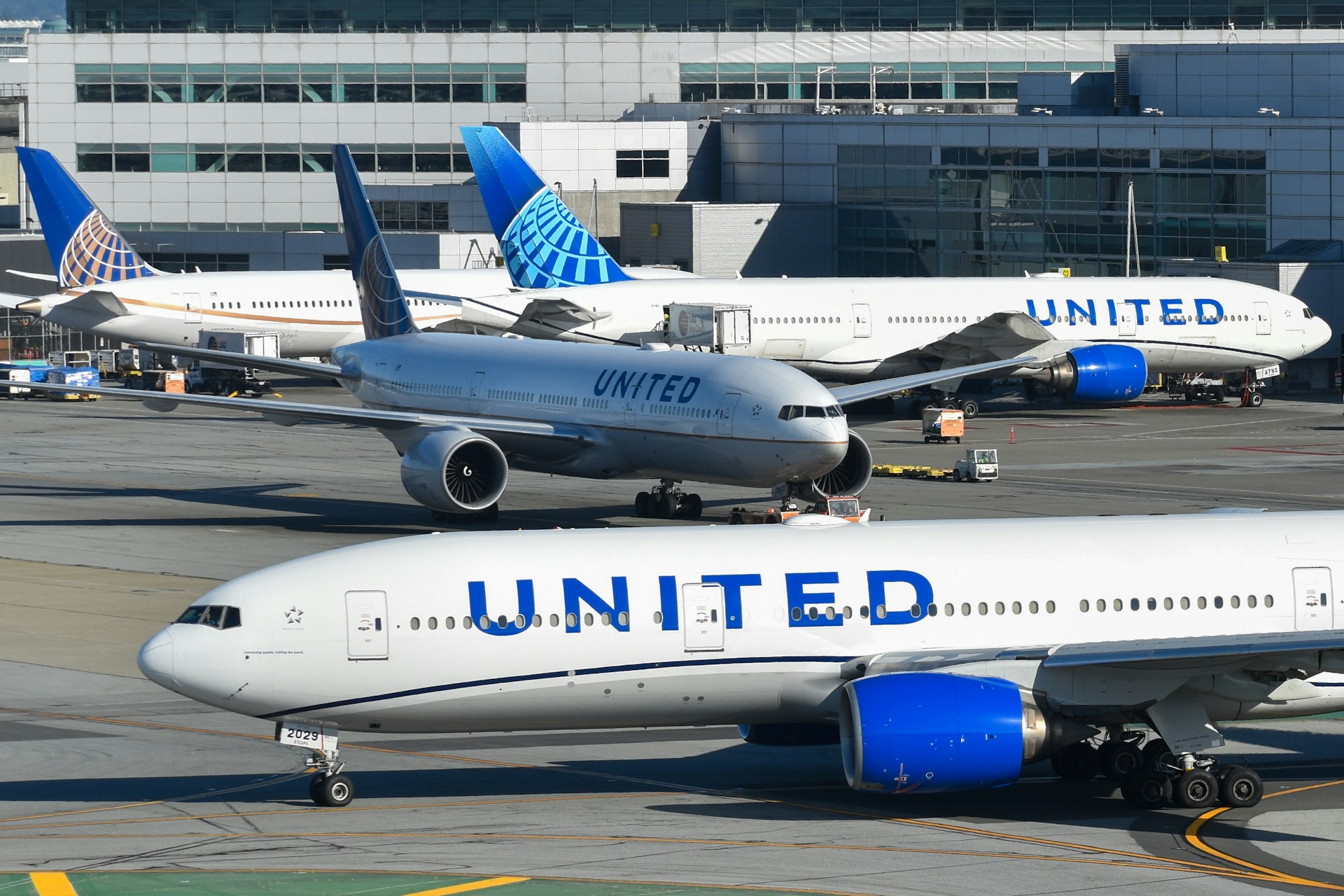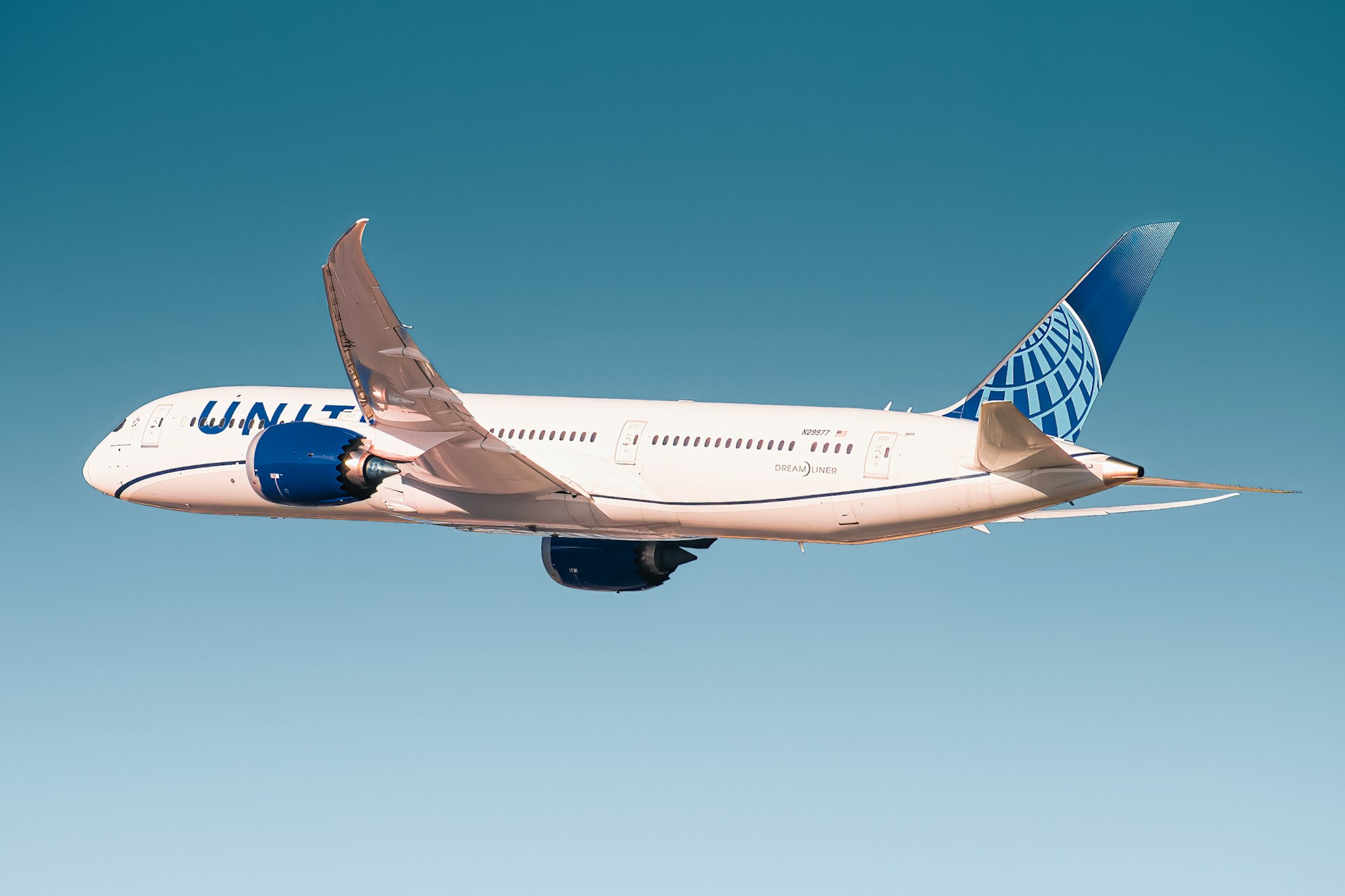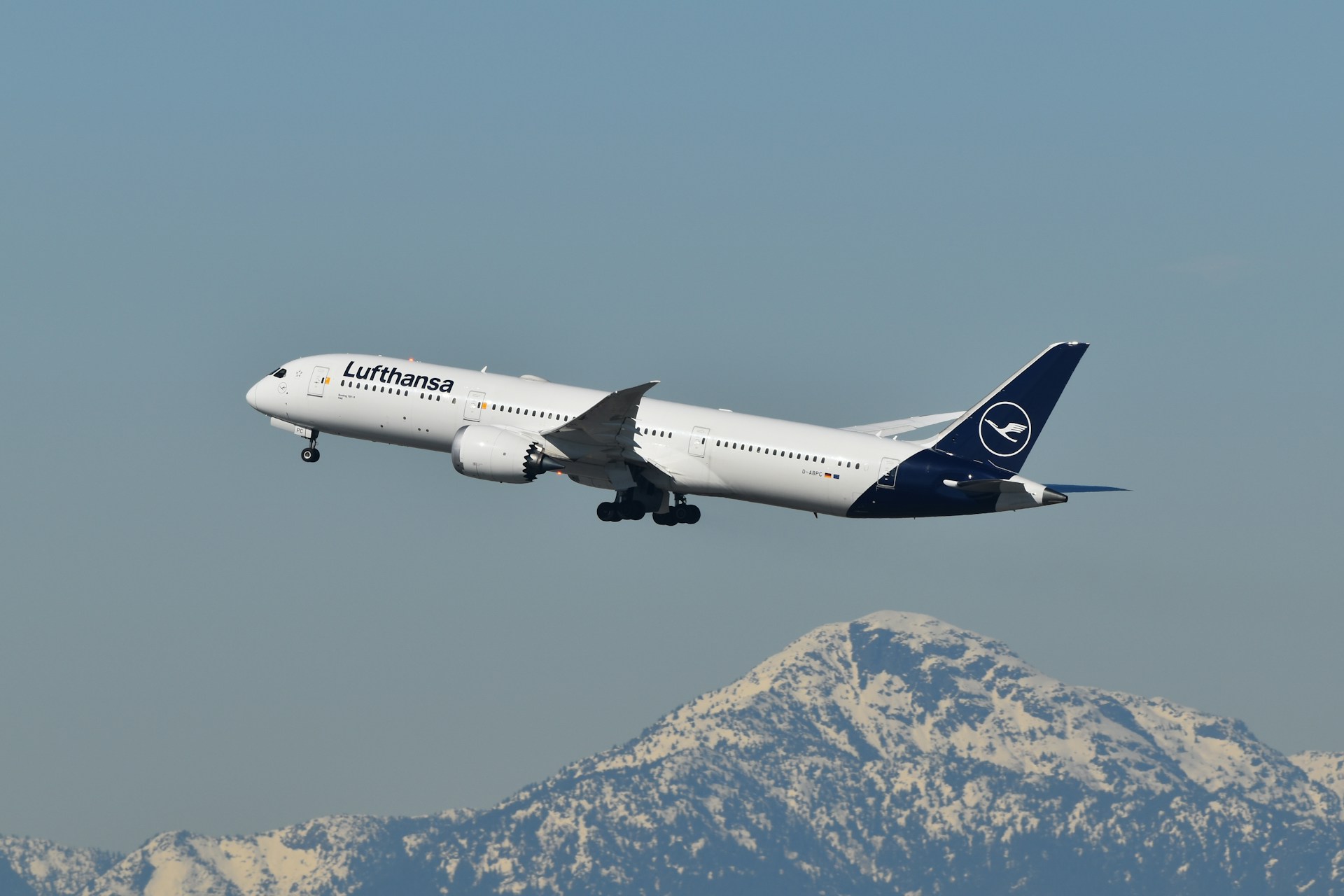Key Takeaways
- United Airlines regularly deploys the Boeing 777 on domestic routes to match demand and reposition aircraft for international flying.
- The 777-200 and 777-300ER appear most often on hub-to-hub services and Hawaii routes, where high seating capacity and cargo space are essential.
- Widebody domestic flights support fleet utilization, crew training, and maintenance efficiency between long-haul missions.
- Passengers may encounter Polaris business class, Premium Plus, and lie-flat seating on domestic 777 flights, though layouts vary.
- Using the 777 domestically strengthens United’s ability to absorb disruptions and handle peak travel surges.
- Expect opportunistic 777 deployments on transcontinental and leisure-heavy routes when demand spikes.
Why United Airlines Flies the Boeing 777 on Domestic Routes
United’s Domestic 777 Strategy
United Airlines’ Boeing 777s are best known for long-haul missions to Europe, Asia, and beyond. But the widebody twinjet is also a strategic tool within the domestic network. Deploying the aircraft on U.S. routes allows United to absorb heavy demand, reposition aircraft between international banks, and keep crews current—all while leveraging the Boeing 777’s unique blend of seating capacity and cargo space. For travelers, it often means an upgraded experience on flights that would normally use a narrowbody.
Why United Uses the Boeing 777 Domestically
Airlines rarely allow widebodies to sit idle between long-haul flights. United taps the Boeing 777 domestically to maximize utilization and support its network when traffic spikes or disruptions ripple through schedules. The aircraft’s high seat count spreads costs over more passengers on trunk routes, while its cavernous belly can carry lucrative domestic freight. Together, these factors can make a 777 competitive on flights under six hours when demand and cargo align.
Where the 777 Flies in the U.S.
Domestic 777 flying is most common on hub-to-hub services and routes with seasonal surges, like mainland–Hawaii. Transcontinental trunk lines also see occasional 777 deployments, particularly when aircraft need to be positioned for next-day international departures. The pattern is opportunistic rather than fixed; United adjusts schedules by season, day of week, and fleet availability. As a result, passengers may unexpectedly find themselves on a 777 on routes usually served by smaller jets.

Cabin Experience: 777-200 vs. 777-300ER
United operates multiple variants of the Boeing 777, and the onboard experience differs. The 777-200 fleet often carries a mix of Polaris business class, Premium Plus, and larger economy cabins, making it versatile for both peak domestic and long-haul flying. The 777-300ER, United’s largest aircraft, features a higher concentration of Polaris lie-flat seats and more premium cabin space. On domestic routes, these widebodies can feel like an upgrade: wider aisles, more overhead storage, and—on some aircraft—long-haul-grade seating. Exact configurations vary by aircraft, so checking seat maps before booking is recommended.
Economics, Cargo, and Network Resilience
The economics of operating a 777 domestically hinge on load factors and cargo demand. Routes that can fill hundreds of seats while carrying time-sensitive freight make the aircraft efficient even on shorter missions. Beyond economics, the 777 bolsters network resilience. When weather, maintenance, or crew challenges disrupt the schedule, deploying a widebody on a high-priority domestic leg allows United to protect connections and preserve international departure banks.
What It Means for Passengers
For passengers, a domestic Boeing 777 flight can mean more comfort than a narrowbody alternative. Business travelers may find Polaris lie-flat seats available for upgrades or award redemptions, while leisure travelers benefit from a quieter, wider cabin. The flip side is that boarding and baggage handling for widebodies can be slower at crowded hubs, so arriving at the gate early is advisable. Because deployments are fluid, monitoring schedules and fare classes closely can unlock premium seating opportunities at domestic prices.
Outlook: Continued Flexible Deployment
As United balances domestic demand with its international expansion, the Boeing 777 will remain a flexible workhorse. Expect continued appearances on hub-to-hub routes, Hawaii services, and transcontinental trunk lines during peak travel seasons. With schedules normalizing and cargo demand steady, the aircraft will keep serving as a high-capacity buffer, reinforcing United’s network resilience while offering passengers the chance to experience long-haul amenities on shorter flights.
FAQs
What domestic routes does United fly the Boeing 777 on?
United typically operates the Boeing 777 on high-demand routes such as hub-to-hub services and mainland–Hawaii flights. Exact routes vary by season and scheduling needs.
Is the Boeing 777 used on United transcontinental flights?
Yes. The 777 can appear on transcontinental trunk lines during peak demand or when aircraft are repositioned, though it is not guaranteed daily.
What’s the difference between the 777-200 and 777-300ER domestically?
The 777-300ER is larger and carries more Polaris business class seating, while the 777-200 offers a more balanced cabin suited to a variety of routes. Both feature lie-flat and Premium Plus options, but configurations differ by aircraft.
Why would United put a widebody like the 777 on a domestic flight?
United uses the 777 domestically to meet heavy demand, carry additional cargo, reposition aircraft for long-haul missions, and maintain schedule resilience during disruptions.
Can passengers book Polaris on a domestic 777 flight?
Yes. Some domestic 777 flights feature Polaris lie-flat seating, which may be sold as Business or First depending on the route. Availability depends on the specific aircraft and fare class.
Does the Boeing 777 offer a better passenger experience domestically?
Many travelers find the 777 more comfortable than narrowbodies thanks to its wider cabin, larger overhead bins, and availability of premium seating. However, service levels and configurations vary by route.
.zip%20-%201.PNG)



